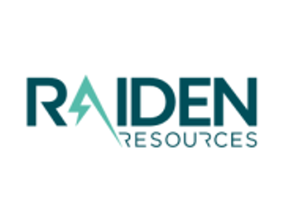Highlights:
Return on Equity (ROE) is a key metric for evaluating a company's ability to generate profit from shareholders' equity.
Teradata Corporation has a high ROE of 66%, significantly outperforming the average in its industry.
Teradata’s high ROE is supported by a substantial debt-to-equity ratio, which can influence profitability.
Return on Equity (ROE) is a widely used financial metric that measures a company’s ability to generate profit from shareholders' equity. In other words, ROE indicates how effectively a company is growing its value and utilizing the capital invested by its shareholders. A higher ROE generally reflects a company’s efficiency in managing its resources.
For Teradata Corporation (NYSE:TDC) , the ROE stands at 66%, calculated by dividing its net profit of $82 million by shareholders' equity of $125 million for the trailing twelve months ending September 2024. This means that for every dollar of equity, Teradata generated 66 cents in profit. This is a strong performance, particularly when compared to the Software industry’s average ROE of 14%.
However, while a high ROE is typically a positive indicator of profitability, it is important to consider the role of debt in this equation. ROE can be artificially inflated if a company is using high levels of debt. Teradata’s debt-to-equity ratio of 3.89 suggests that the company relies heavily on debt to fund its operations and growth. While this leverage boosts its ROE, it also introduces an element of risk, as the company must manage its debt obligations.
It is crucial for companies with high ROE to balance profitability with financial risk. In Teradata’s case, the high ROE is a result of both strong operational performance and the strategic use of debt. Investors and analysts must consider both the profitability shown by ROE and the underlying risks associated with leveraging debt.
Overall, Teradata’s impressive ROE indicates effective capital management, but its significant debt load warrants careful attention to ensure that the business can sustain its performance in the long term.






